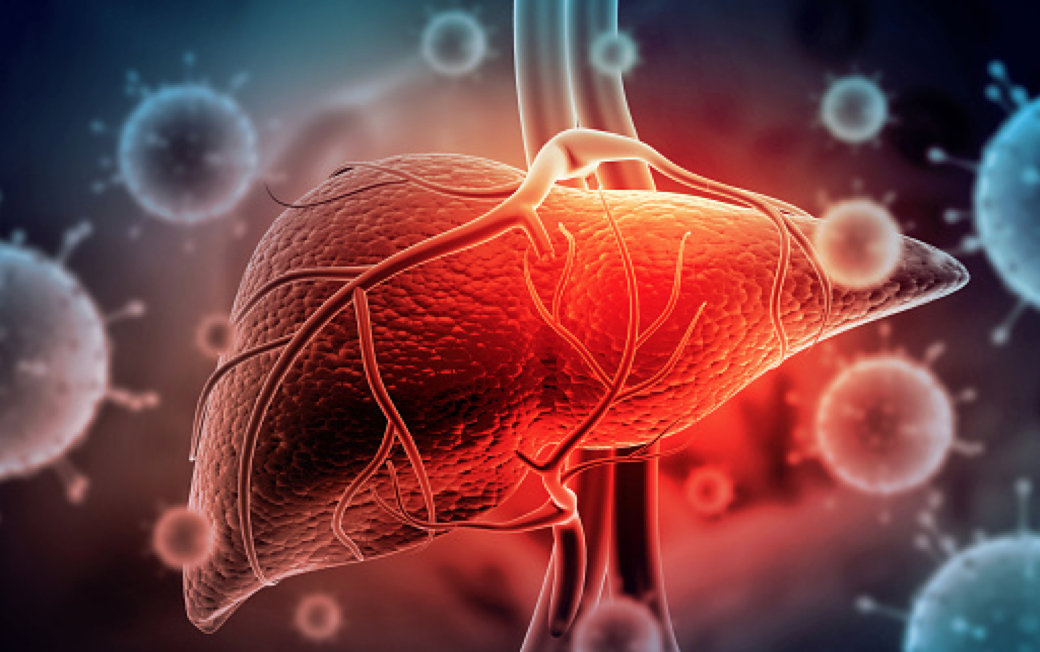Chronic hepatitis B – A brief overview March 2022
Chronic hepatitis B (CHB) remains a major global healthcare challenge affecting approximately 350 million people, and is a leading cause of chronic liver disease, cirrhosis (liver scarring) and liver cancer. Despite the significant disease burden of CHB, it remains under-diagnosed with research suggesting that as few as 10% of those living with CHB are aware of their infection. Moreover, according to the latest WHO data, as few as 1 in 5 of those diagnosed were on treatment, highlighting the scale of the medical challenge ahead and the need for change in how we approach CHB. This blog highlights the limitations of current treatments and discusses novel approaches for the treatment and management of CHB.
Prevention is better than cure
A preventative vaccine (the hepatitis B vaccine) has been available for almost 40 years and is a key tool in the prevention of the morbidity and mortality associated with CHB. WHO recommends that all infants receive this vaccine within 24 hours after birth, followed by 2 or 3 further doses at least 4 weeks apart. This should offer protection for at least 20 years – possibly even for life. The virus is transmitted by exposure to infected blood and body fluids, so other preventative methods include the promotion of safer sex practices, as well as the implementation of blood safety strategies. To prevent transmission of hepatitis B virus from mother-to-child, antiviral prophylaxis is recommended in high risk pregnancies. Effectively utilising these approaches, fewer individuals will be affected by CHB in the future.

Source: Unsplash
The status quo
There is no ‘cure’ for CHB which is the reason why prevention is of utmost importance. The main goal of current treatment is to reduce the complications of CHB, such as cirrhosis, end-stage liver disease and hepatocellular carcinoma (HCC). Hence, currently available antivirals are focused on suppressing the virus, normalising the liver enzymes and maintaining quality of life for the patient. Although pegylated interferon alfa-2a, a drug which modulates the immune system, is a recognised treatment strategy, it is rarely used in clinical practice today. Conversely, antiviral medications such as tenofovir and entecavir are widely used and are considered the first-line treatment by most treating clinicians. However, there are limitations with these current antiviral drugs, including adherence, cost, and potential side effects with long-term usage. Hence, it is critical that novel therapies are developed to offer finite treatment regimens and ‘functional cure’.
Promising new treatments
The goal of current therapies in clinical trials is to achieve “functional cure”, with improved clinical endpoints. The ideal treatment endpoint is considered Hepatitis B surface antigen (HBsAg) loss, which represents functional cure. Several new drugs are in development and many show promise in their ability to reduce HBsAg, potentially achieving a functional cure. These include small interfering RNA drugs (siRNAs) and antisense oligonucleotides (ASOs). Results to date with these novel therapies are encouraging, as they are both capable of significantly reducing the HBsAg level after finite periods of administration, raising hopes that these novel therapies will play a pivotal role in the HBV cure program. Thus, these developments may represent early steps on the path to replicate the success seen in the hepatitis C virus field.
Conclusion
CHB still poses a significant global healthcare concern, and advances in treatment are needed to improve patient outcomes. Some CHB patients, based on current guidance, do not require antiviral therapy as they have low levels of virus and persistently normal liver enzymes with no evidence of liver disease. Instead, these patients need to be monitored in the clinic to ensure they do not develop the complications of CHB at a later date. Identifying which CHB patients do not need antiviral therapy due to their low risk of disease progression or the development of HCC is critical to improve patient care. However, novel therapies are needed to achieve functional cure, which ultimately will transform the management of CHB by broadening treatment candidacy and preventing the complications of chronic infection, including liver cancer.

Source: Unsplash
